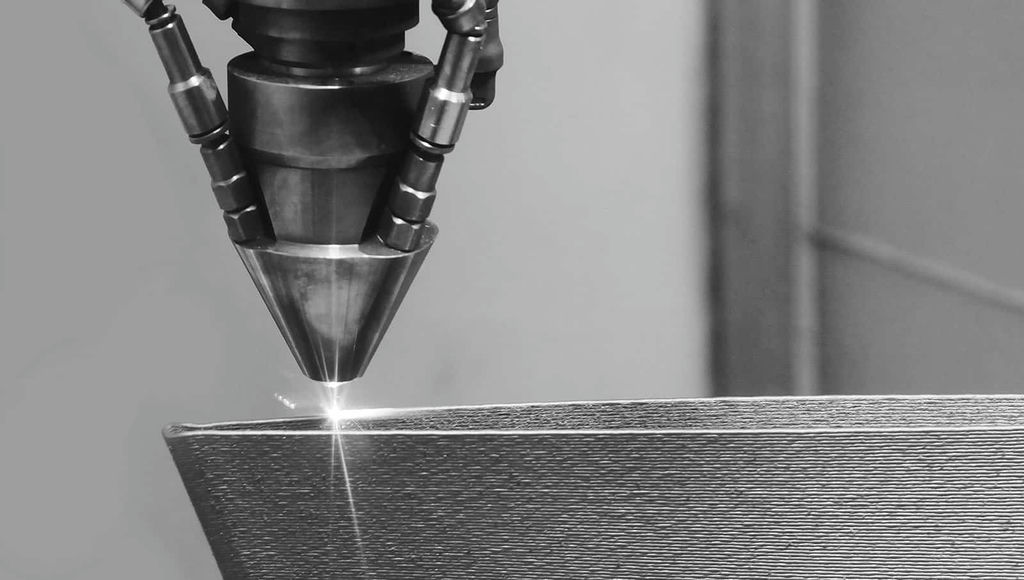Metal additive manufacturing (AM) now offers unmatched freedom to manufacture engineering parts using a wide range of metals and alloys, to design highly complex shapes, and to do this with little to no waste and short lead times. However, many questions remain, e.g., how (local) properties of metal AM parts are achieved and, relatedly, if and how they can be designed? This kind of knowledge is necessary to make AM parts perform better, a prerequisite to unlock them for new types of demanding applications. On the other hand, most physical metallurgy textbook knowledge currently available assumes equilibrium conditions when discussing the microstructural evolution, and this assumption often fails during AM, requiring us to revisit this knowledge in an AM context.
More form the News
With recent advances in AM technologies as well as in our ability to handle large 3D datasets, one focus of methodology development has been on advancing microstructural analyses to reveal local processing–structure–property relationships. Opportunely, the three of us have strong backgrounds in microstructure characterization, and we see AM as a fantastic opportunity to design microstructures and to achieve better material performances.
The topic of this special issue of Journal of Materials Science was obvious: ‘Microstructure design in metal additive manufacturing: physical metallurgy revisited.’ We have shared our professional experiences as well as our networks to review and edit this remarkable collection of invited and contributed papers showcasing outstanding recent research results in this field.
In this special issue, you will find papers on the following topics: (i) multi-scale materials characterization, testing and modelling to unravel variations in microstructure and properties; (ii) designing microstructures and defects by controlling additive manufacturing process parameters, alloy composition and post-processing; (iii) in situ monitoring and characterization of additive manufacturing processes; and (iv) rethinking physical metallurgy to describe the nonequilibrium nature of additive manufacturing processes.
Among this collection of 20 papers, there are three invited review papers, one invited viewpoint and 16 original research contributions, most of which are invited too. These contributions are from leading and up-and-coming researchers in this exciting field and explore a wide range of metal AM processes and post-processing techniques from both experimental and modeling perspectives. For example, Baghdadchi et al. [1] investigate the evolution of microstructures under nonequilibrium conditions caused by nitrogen loss and complicated thermal cycles experienced by components fabricated via laser metal deposition with wire. Fang et al. [2] present a molecular dynamic model to investigate the role of thermodynamic effects on defect formation during selective laser melting. Fernandez-Zelaia et al. [3] fabricate, by using electron beam melting technology, components with alternating microstructure layers which serve to influence the fatigue crack growth resistance of each layer, showing the feasibility to tailor the microstructure for specific applications by using AM processes. In their paper, Schmeiser and co-workers [4] use a custom-built laser powder bed fusion machine designed for in situ diffraction measurements to determine the development of texture and the influence of repeated laser scanning on the microstructure evolution of Inconel 625. These are just a few examples to show the breadth of topics covered by the contributions.
To conclude this preface, we would like to thank Profs. Barry Carter (Editor-in-Chief) and Grant Norton (Deputy-Editor-in-Chief) for their support during this process. We are also highly grateful to all researchers who have contributed to this special issue by submitting papers and/or by acting as reviewers. We hope that you will all enjoy reading these papers as much as we have enjoyed editing this special issue.
References
- Baghdadchi A, Hosseini VA, Bermejo MAV, Axelsson B, Harati E, Högström M, Karlsson L (2022). J Mater Sci. https://doi.org/10.1007/s10853-022-06878-6
- Fang ZC, Wu ZL, Huang CG, Wu CW (2022). J Mater Sci. https://doi.org/10.1007/s10853-022-07046-6
- Fernandez-Zelaia P, Rojas JO, Ferguson J, Dryepondt S, Kirka MM (2022). J Mater Sci. https://doi.org/10.1007/s10853-021-06838-6
- Schmeiser F, Krohmer E, Wagner C, Schell N, Uhlmann E, Reimers W (2021). J Mater Sci. https://doi.org/10.1007/s10853-021-06577-8
Subscribe to AM Chronicle Newsletter to stay connected: https://bit.ly/3fBZ1mP
Follow us on LinkedIn: https://bit.ly/3IjhrFq
Visit for more interesting content on additive manufacturing: https://amchronicle.com/


